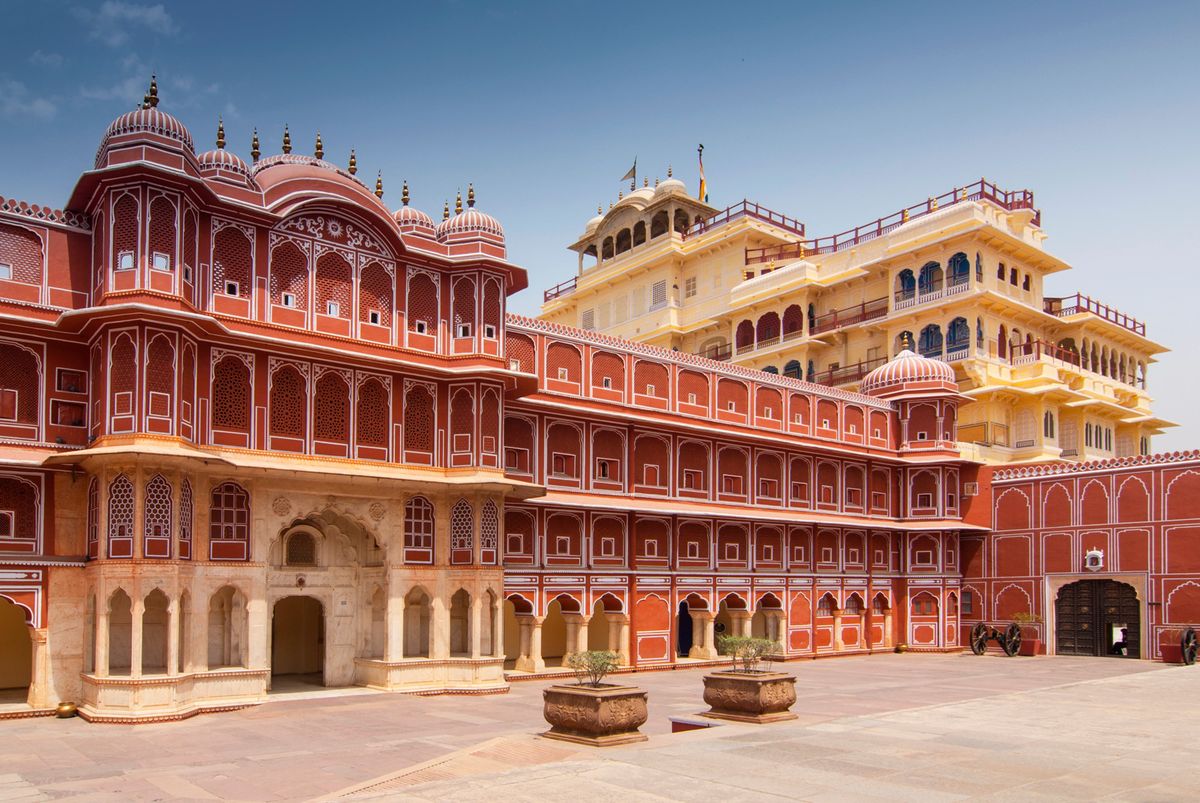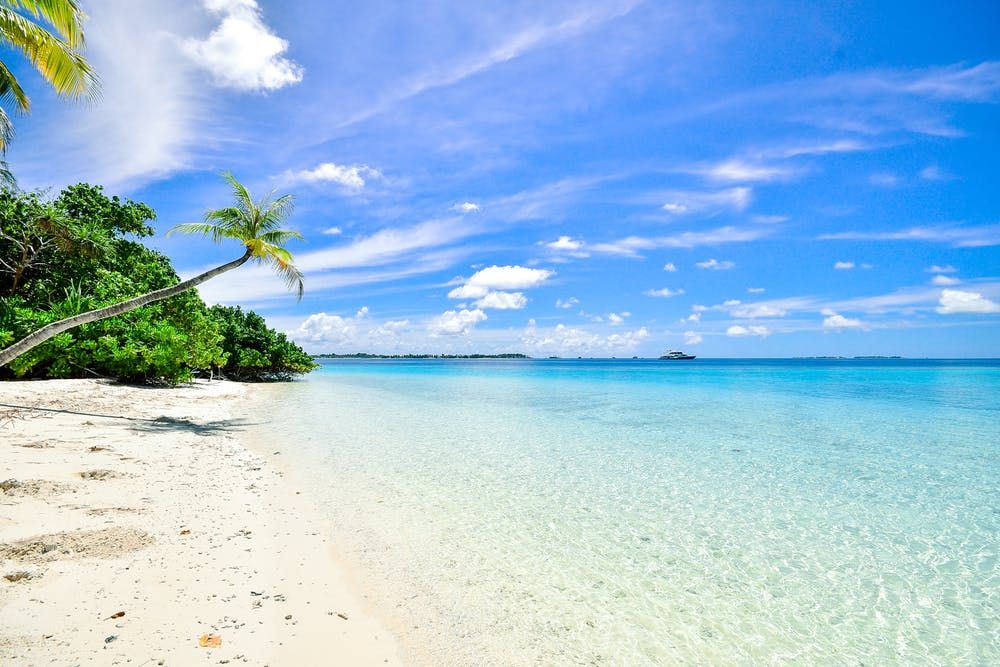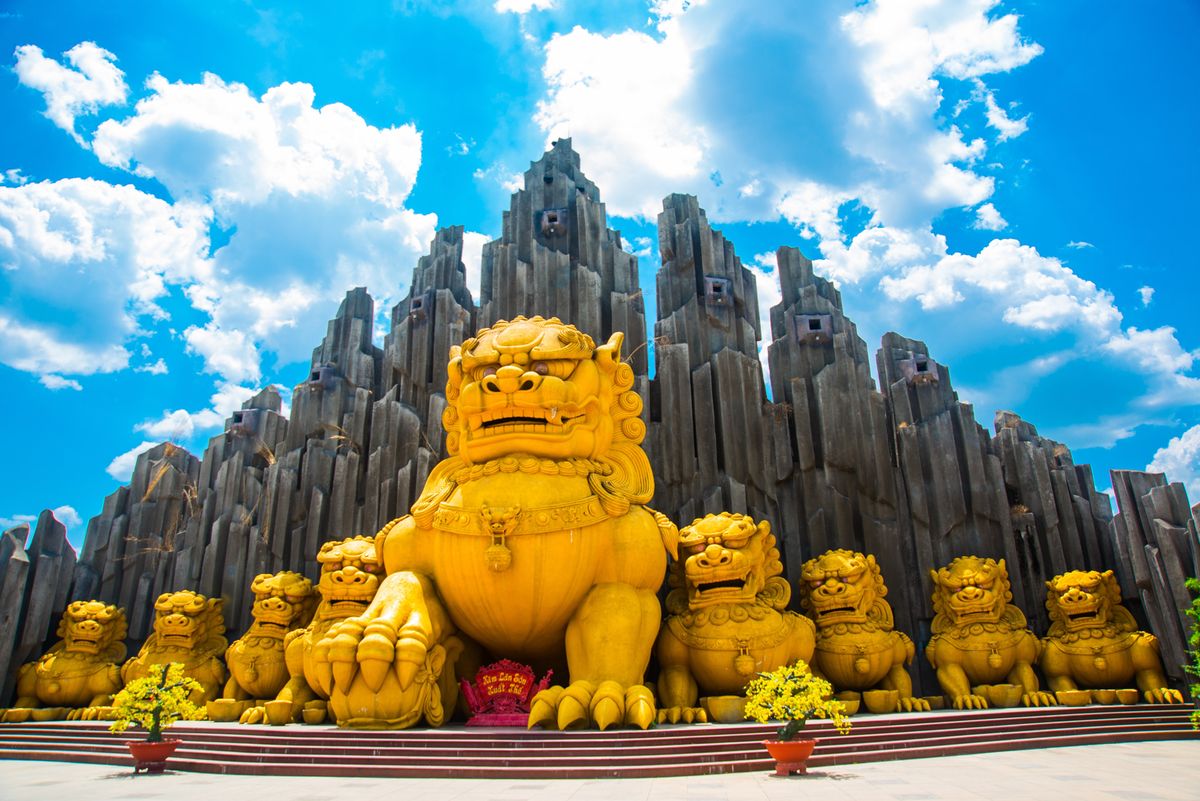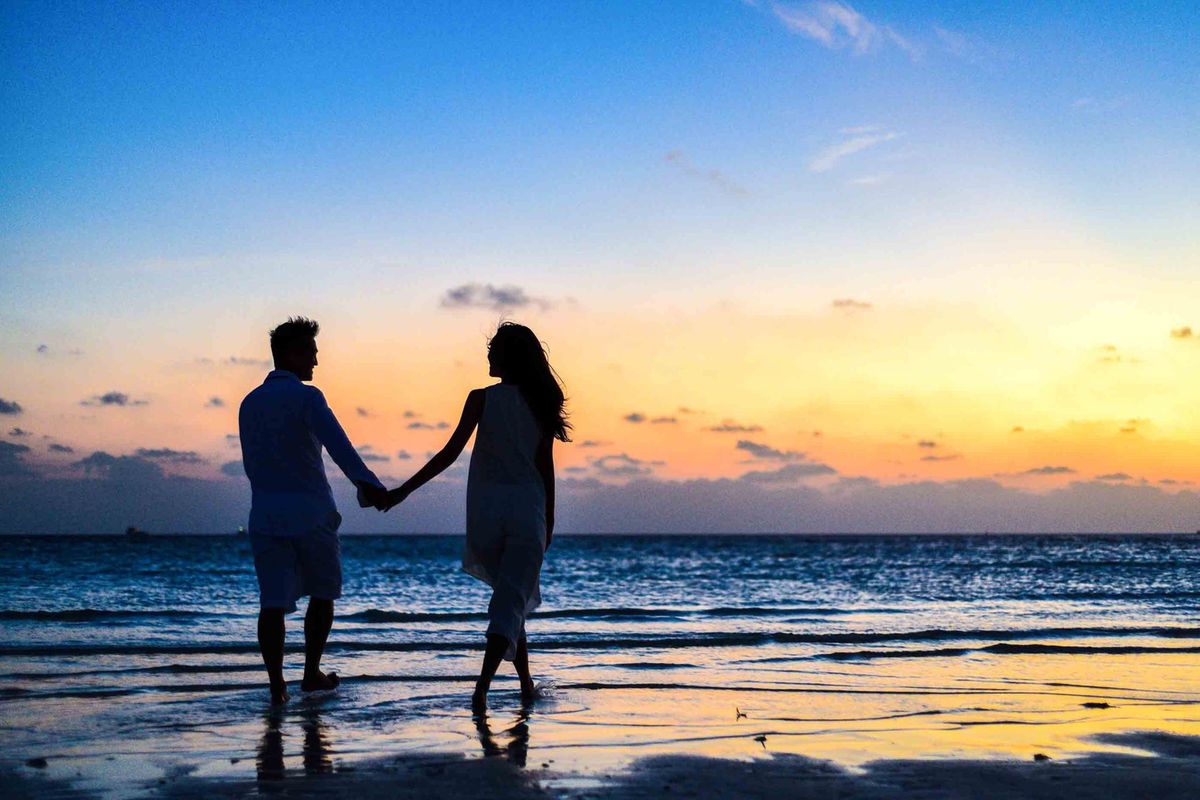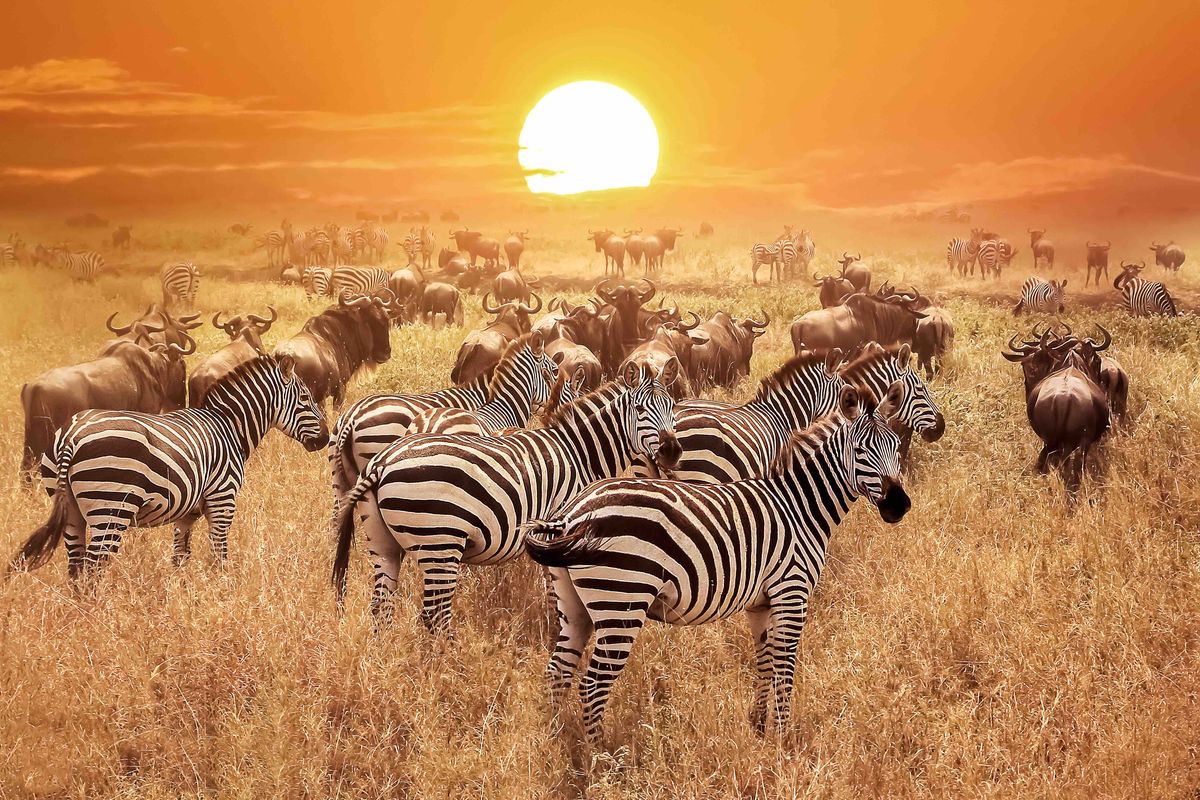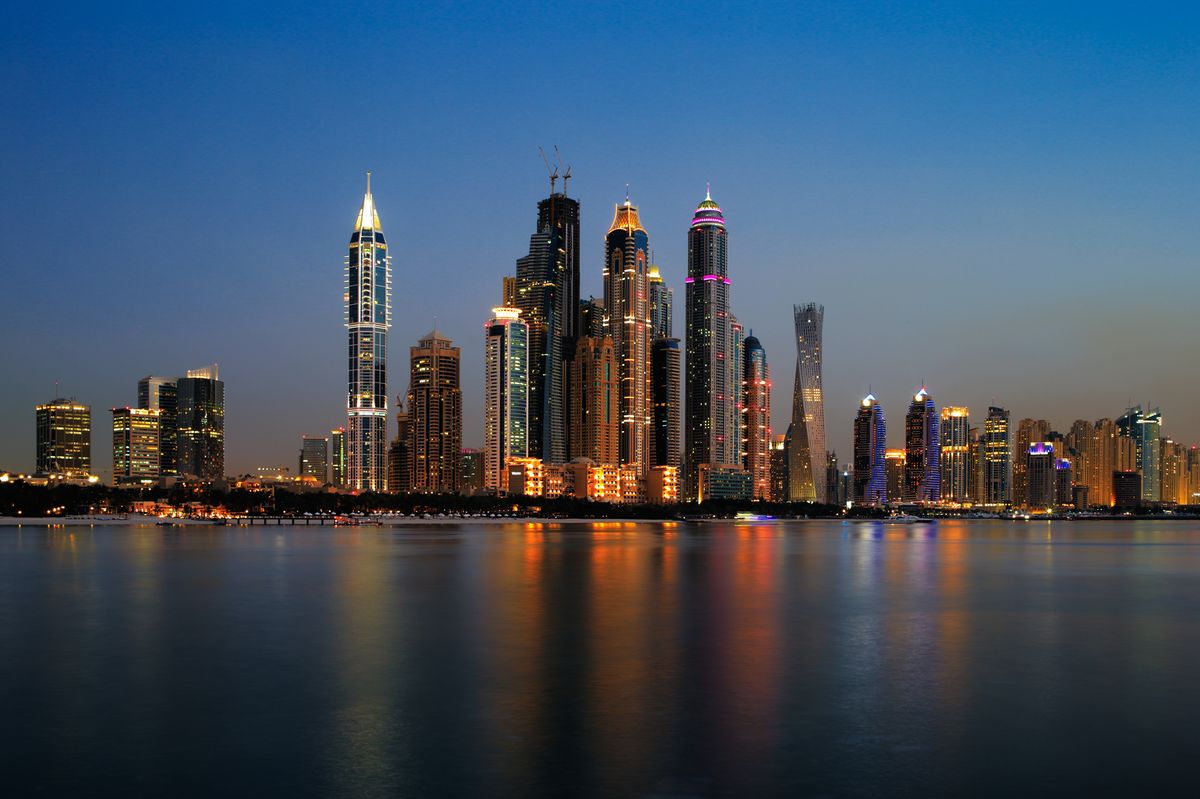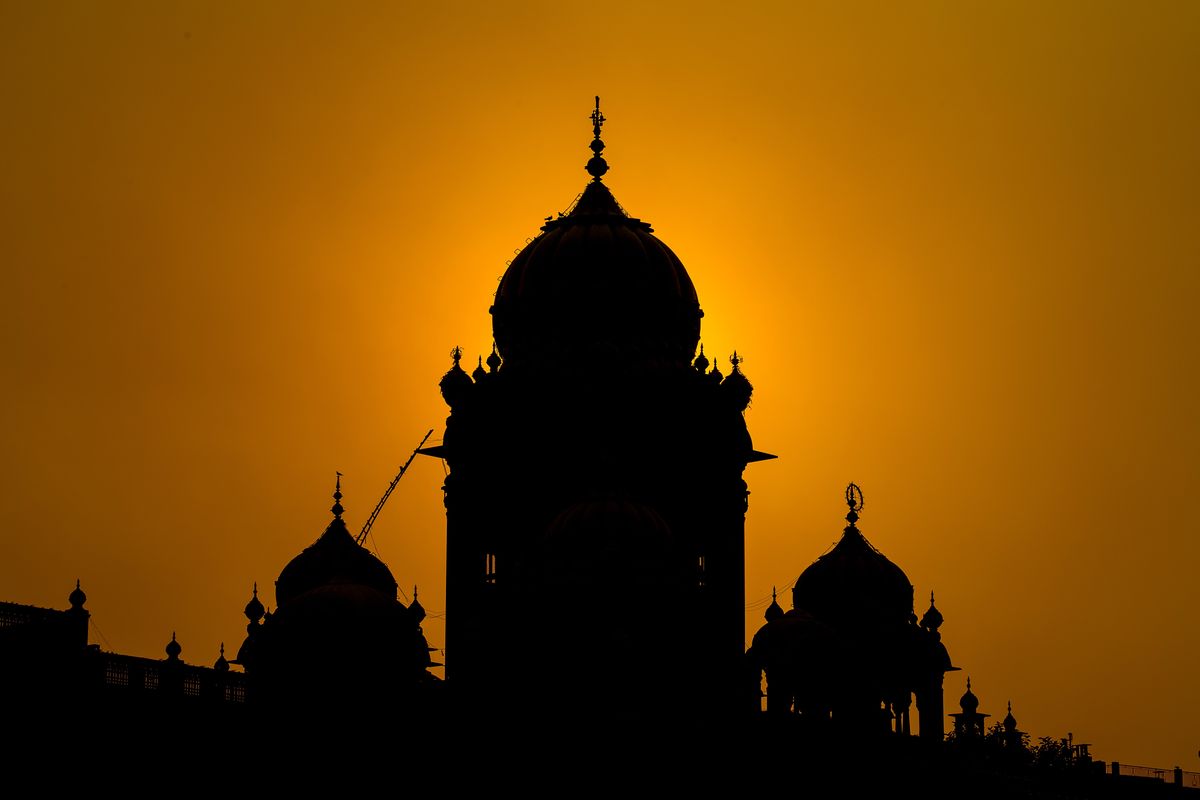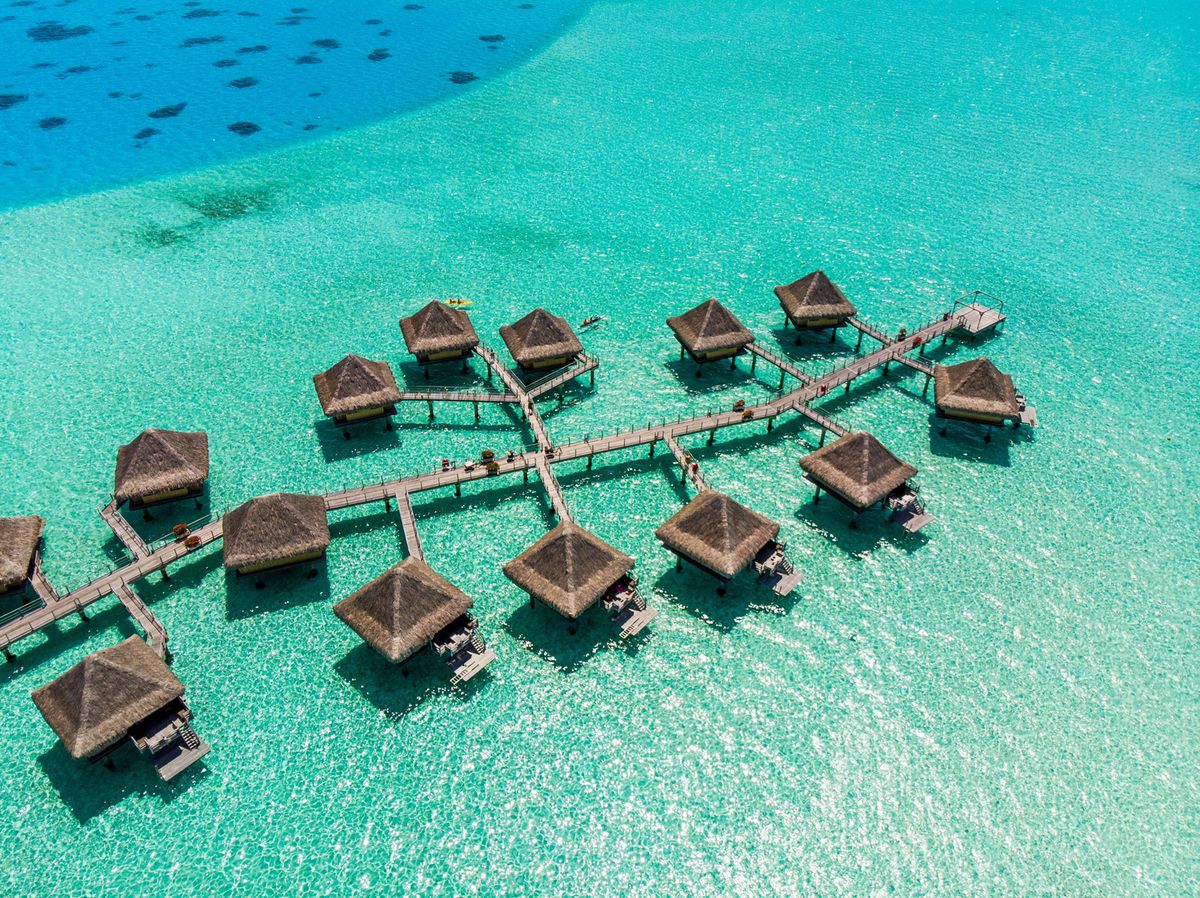
Top Landmarks in India
Namaste.
Known for its diverse culture, rich history, beautiful temples, palaces, monuments, ruins of ancient cities, there are many landmarks in India that you should not miss. From the bright lights of Mumbai to the brilliant colours of Rajasthan and the cool heights of the Himalayas, India is a destination that will ignite your curiosity. Find out what are the top attractions in incredible India.
1. Taj Mahal, Agra
Situated at the Yamuna River’s edge, Agra once served as the magnificent capital of the famous Mughal Empire. Dubbed a ‘Seven Wonder of the World’, Agra’s Taj Mahal is a world-renowned landmark. Taj Mahal is the most prominent monument in India, standing as a timeless symbol of love. The white marble architectural masterpiece is so famous that there are several replicas around the world. Emperor Shah Jahan employed over 20,000 artisans from India, Persia, Europe and the Ottoman Empire to build the monument for his queen, Mumtaz Mahal, in 1648. Legend has it that it took more than 20 years to complete this architectural marvel. The Taj features intricate inscriptions on all four entrances, while marble carvings and phard stone mosaics adorn the walls.
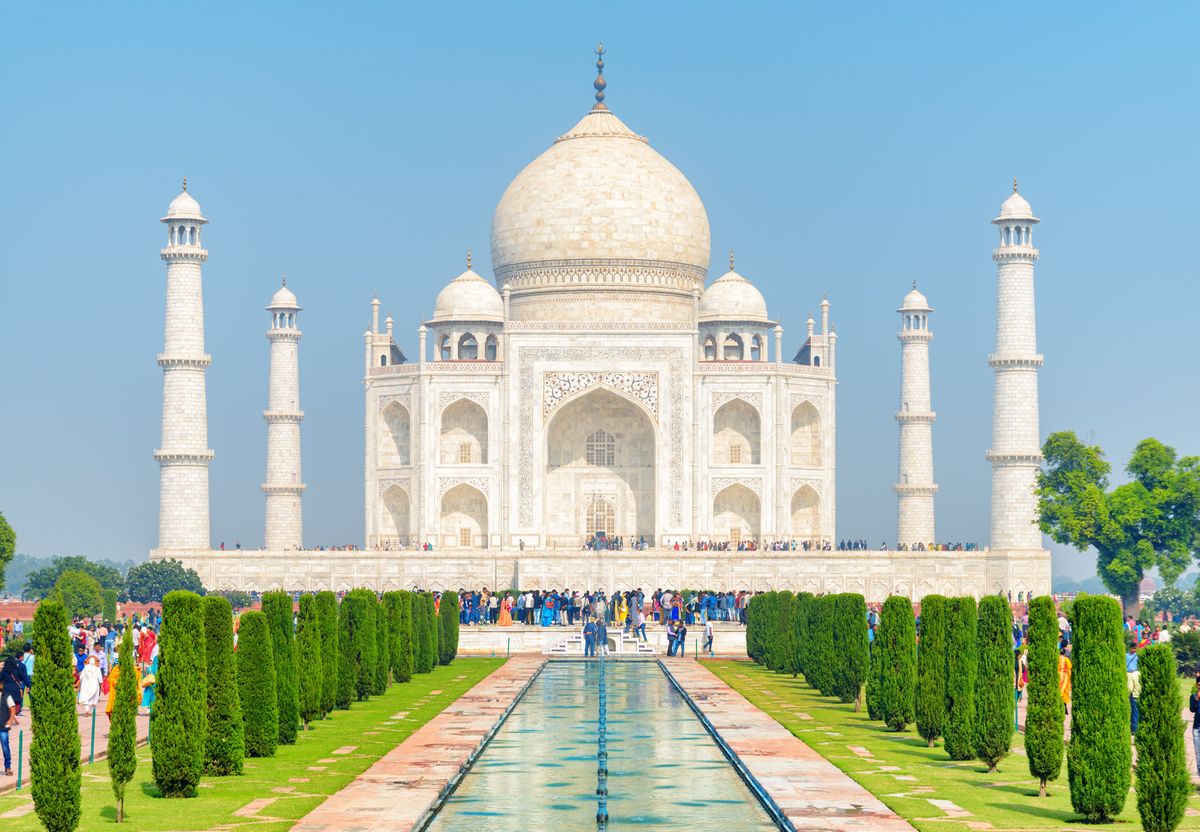
2. Swaminarayan Akshardham, New Delhi
Swaminarayan Akshardham is the world’s largest comprehensive Hindu temple recognised by the Guinness World Record. Opened in 2005, it is located on the outskirts of New Delhi. The exquisite temple is dedicated to Swminarayan, an Indian yogi and spiritual soul who existed during the 18th century. Akshardham Temple is a celebration of classic Hindu architectural styles that were prevalent in various parts of India during the ancient and medieval times. More than 8000 volunteers and 300,000,000 volunteer hours were spent in the construction of this spiritual place. The temple is known for its aesthetic beauty, unique exhibitions, sprawling campus and tranquility.
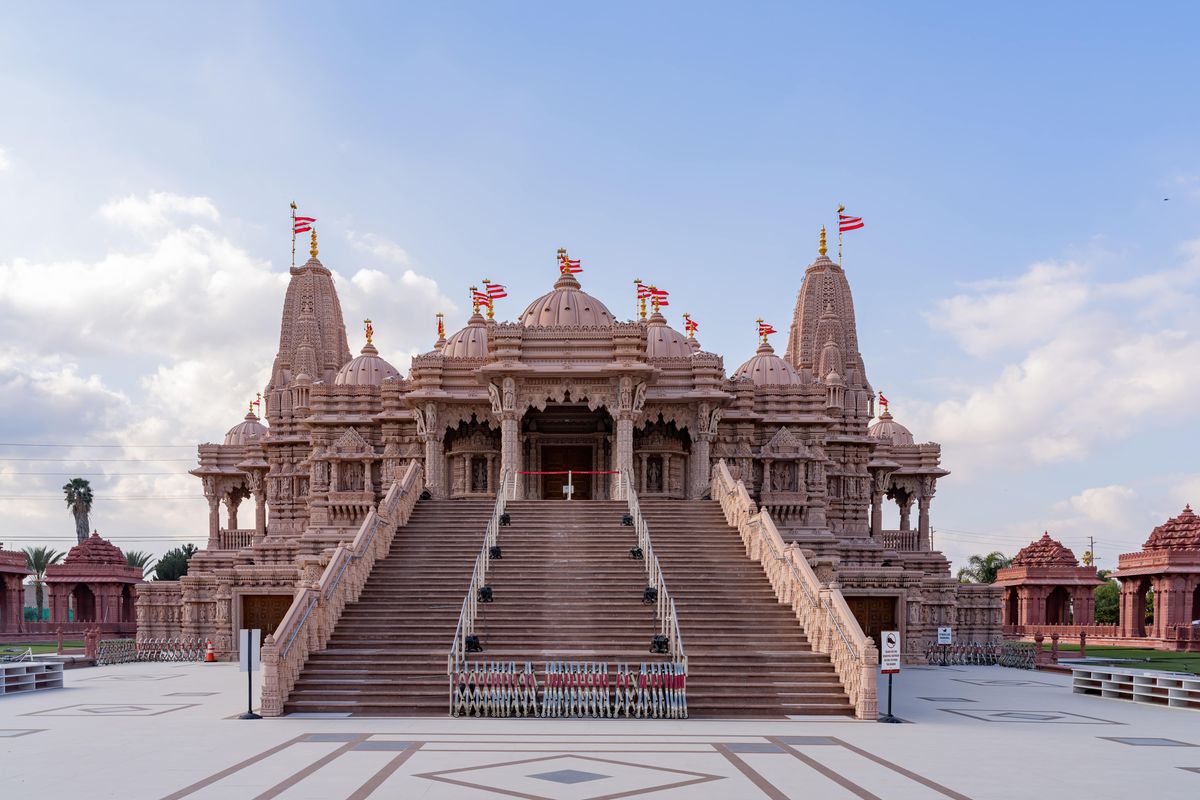
3. Hawa Mahal, Jaipur
Jaipur’s most-distinctive landmark, the Hawa Mahal, literally ‘The Palace of Winds’ is an extraordinary pink-painted, delicately honey-combed hive that rises five storeys. It was constructed in 1799 by Maharaja Sawai Pratap Singh to enable ladies of the royal household to watch the royal processions and the hustles and bustles of the city, without having to appear in public. The palace is decorated with 953 windows or ‘Jharokhas’ which are adorned with intricate designs. There’s a small museum with miniature paintings and some rich relics, such as ceremonial armour, which help to evoke the royal past.
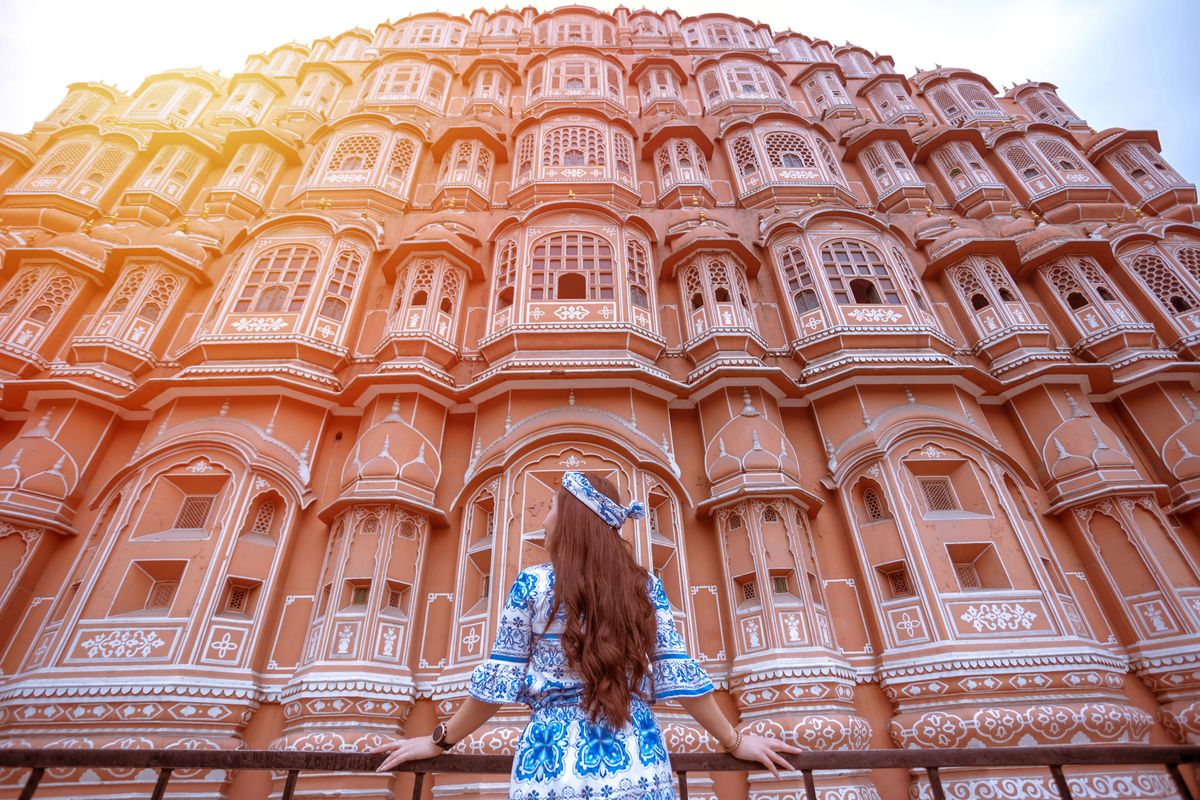
4. Red Fort, Delhi
Red Fort or Agra Fort, also known as ‘Lal Qal’ah’, is a historic fort in Old Delhi built by Emperor Shah Jahan from 1639 - 1648. It’s one of the most celebrated historical monuments in India. The magnificent fort was the primary residence of many Mughal emperors and today, it houses museums and serves as a ceremonial ground where India hoists its national flag on independence day every year. There are many legends surrounding the fort including how prisoners were beheaded as used as a foundation of the building for good luck and it was said that one could fish from the fort on the western banks of the Yamuna back in the day.

5. The Golden Temple, Amritsar
One of Amritsar’s top attractions is its spiritual hub, the Sri Harmandir Sahib or ‘Golden Temple’. This is the holiest temple in the Sikh faith. Maharaja Ranjit Singh, founder of the Sikh Empire of India (1799-1849) had the temple’s upper floors covered in 750 kilos of pure gold. The water in the Golden Temple’s pool is considered holy and the Sikhs can bathe in it from the outer platform. The Sikh scripture, the Guru Granth Sahib is housed within the temple and the scripture is given a sukhasan or ‘rest’, on a cushion in the evening, and returned to the sanctum and opened to a random page in the morning, which becomes a basis of prayers for the day.
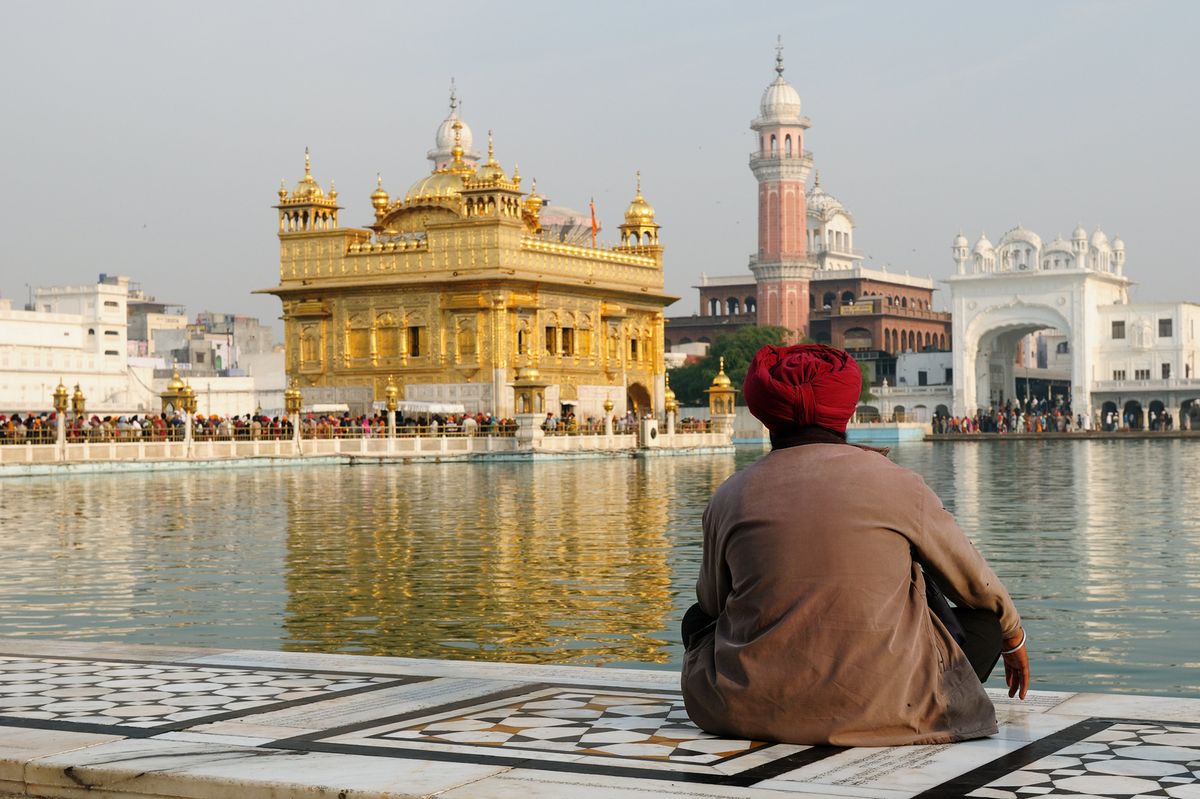
6. Amer Fort, Jaipur
Amer Fort or Amber Fort in Jaipur is one of the most visited forts in India and it is an outstanding example of Rajput architecture. The magnificent fort overlooks Maota Lake and is an extensive palace complex that has been built with pale yellow and pink sandstone, with white marble. The fort is famous for its gates, large ramparts, and cobbled paths. You can also explore parts of the fort through an underground tunnel that connects Amer to Jaigarh Fort. The essence of Amer Fort is encapsulated by the beautiful light and sound show within the fort, where you’ll get to learn about the history of the fort.

7. Pangong Tso, Ladakh
Pangong Lake, one of the most famous lakes in Leh Ladakh, derives its name from the Tibetan word, ‘Pangong Tso’, meaning ‘high grassland lake’. The lake is situated at almost 4,350m above sea level, making it the world’s highest saltwater lake. Lying on the Indo-Chinese border, a part of it falls in India, while the other is in China. One of the highlights of this pristine lake is that it is known to change colours, appearing blue, green and red at different times. The reflections of the towering Himalayan peaks in the water add more charm to the stunning lake. The beauty of the Pangong Tso is unmatched. The enchanted lake has also been featured in the popular Bollywood movie, 3 Idiots.
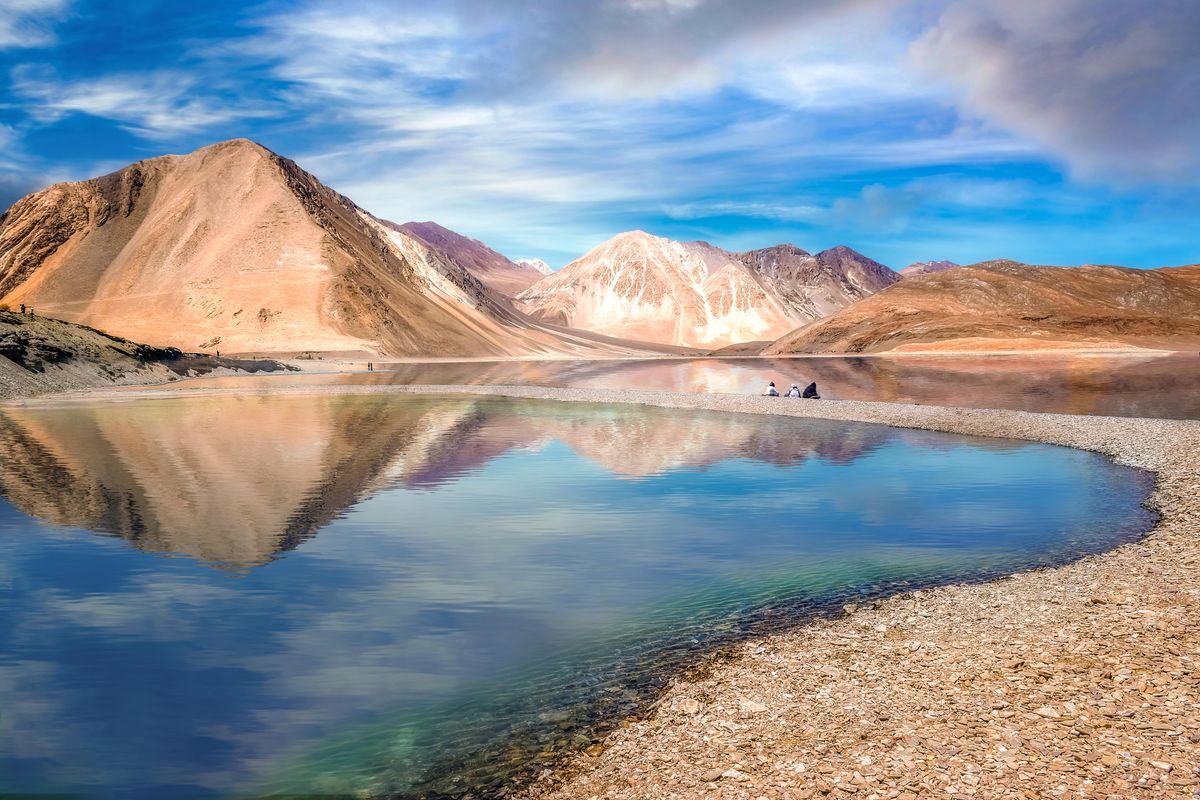
8. City Palace, Jaipur
Famed as the Pink City, Jaipur is the prime attraction of Rajasthan and the City Palace of Jaipur is a prime attraction in the city. The palace represents a beautiful fusion of Rajput and Mughal architecture. City Palace was once the seat of kings as it was from here that they ruled the region. The last ruling royal family descendants still reside in the exclusive section of the palace that is private and not open to the public. One of the famous items in the City Palace are two silver jars known as the largest silver vessels in the world in the Guinness Book of World Records. The clothes worn by Maharaja Sawai Madho Singh I is also quite a treat to the eyes as he was believed to have weighed 250kg. You can spend the whole day loitering in the gardens, courtyards and the galleries of the palace.
